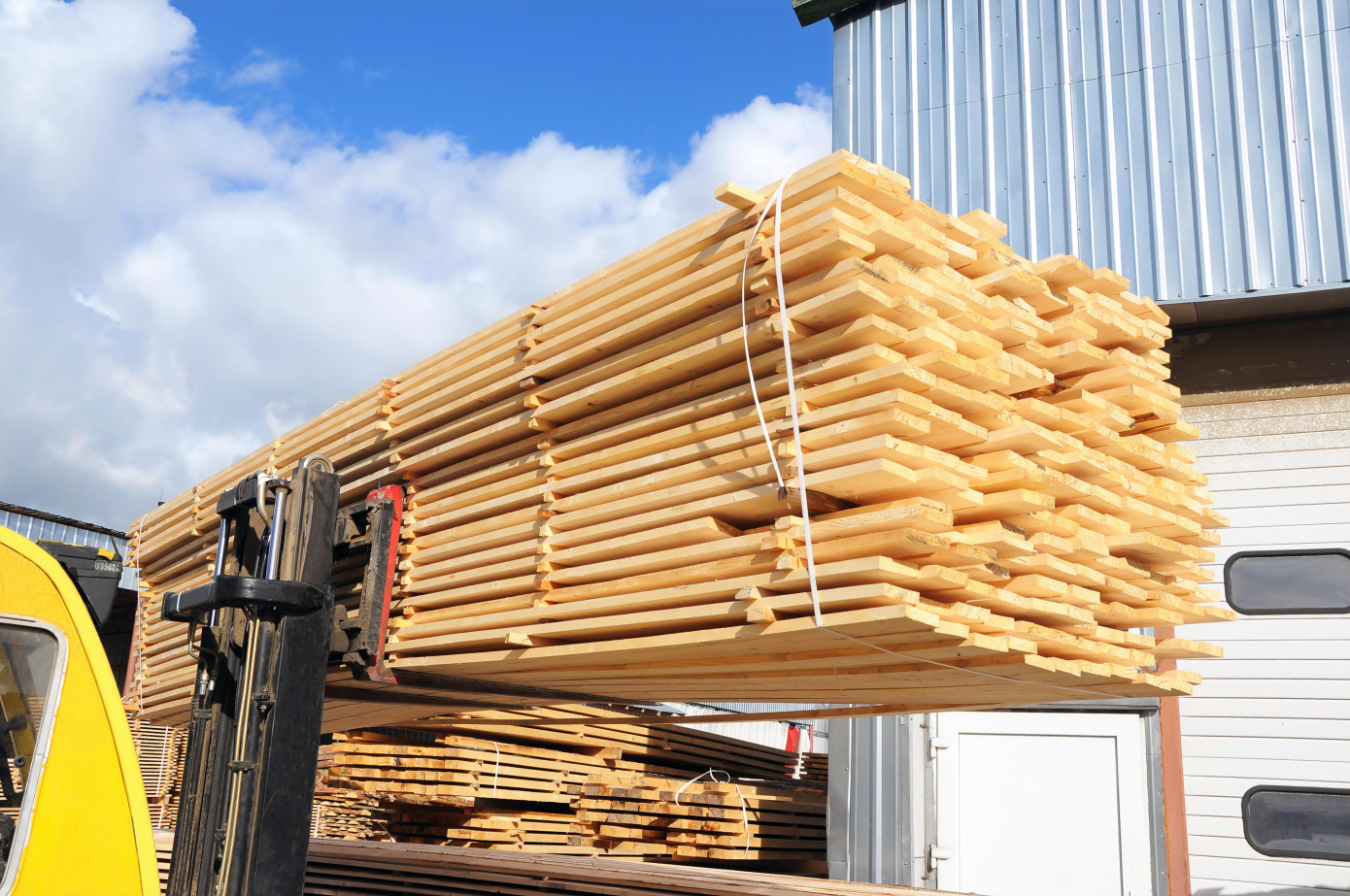West Fraser Timber Co. Ltd. announced third-quarter results for 2024, reporting a loss of $83 million compared to a $105 million profit in the second quarter. The company's sales fell to $1.437 billion, marking a 16% decline from the prior quarter’s $1.705 billion. Adjusted EBITDA stood at $62 million, down from $272 million in the second quarter.
The lumber segment posted a significant loss, with an adjusted EBITDA of -$62 million, which included $32 million in export duty expenses. In contrast, North America Engineered Wood Products (EWP) recorded an adjusted EBITDA of $121 million, benefiting from sustained demand for oriented strand board (OSB) and plywood. The pulp and paper and Europe EWP segments had modest positive results, with adjusted EBITDA of $2 million and $1 million, respectively.
The company also highlighted ongoing challenges in the Southern Yellow Pine market, while Spruce-Pine-Fir (SPF) demand exceeded expectations. Capital expenditures for the quarter amounted to $107 million, contributing to overall cash and short-term investments increasing to $997 million as of the end of the quarter.
West Fraser’s outlook for the remainder of 2024 includes a narrowed capital expenditure range of $475 million to $525 million, emphasizing modernization and cost optimization across its mills. The company expects SPF shipments to moderately exceed the upper limit of its 2.6 to 2.8 billion board feet guidance, while Southern Yellow Pine (SYP) shipments are projected to align with prior estimates of 2.5 to 2.7 billion board feet. Engineered wood production, particularly OSB, is anticipated to reach the higher end of its 6.3 to 6.6 billion square feet guidance for the year.
Market conditions remain mixed across regions. North American housing starts reached 1.35 million units annually in September, with permits at 1.43 million units. While stabilized interest rates and improved affordability support medium-term demand, persistent high mortgage rates and potential economic slowdowns could impact near-term residential construction. In Europe, OSB demand is improving, though other panel products face softness, with potential growth driven by renovation needs amid an aging housing stock.
CEO Sean McLaren emphasized West Fraser’s ongoing efforts to enhance cost competitiveness and return capital to shareholders while navigating volatile demand and supply chain pressures. "Despite challenges, we are committed to maintaining our strong balance sheet and capitalizing on long-term opportunities in the wood building products sector," McLaren said.
